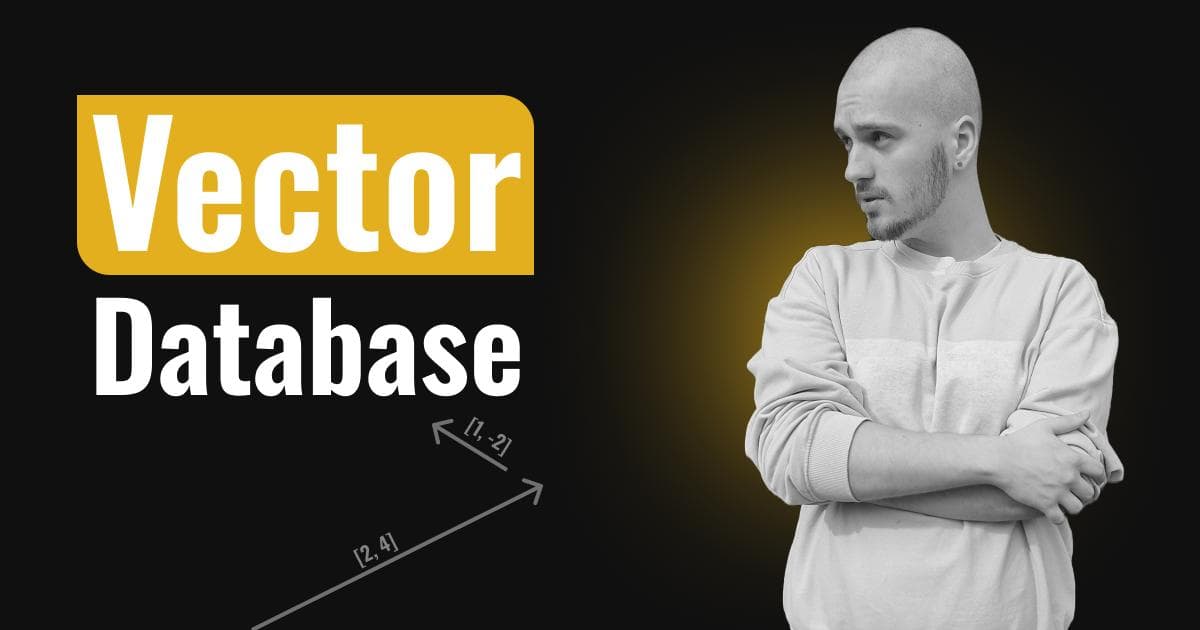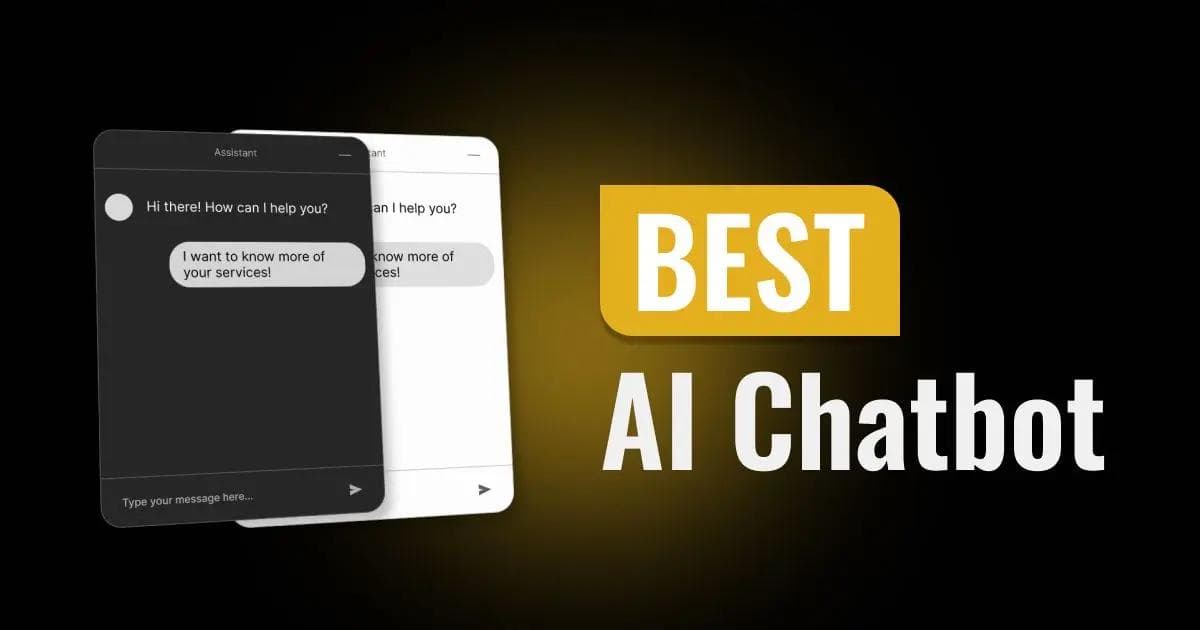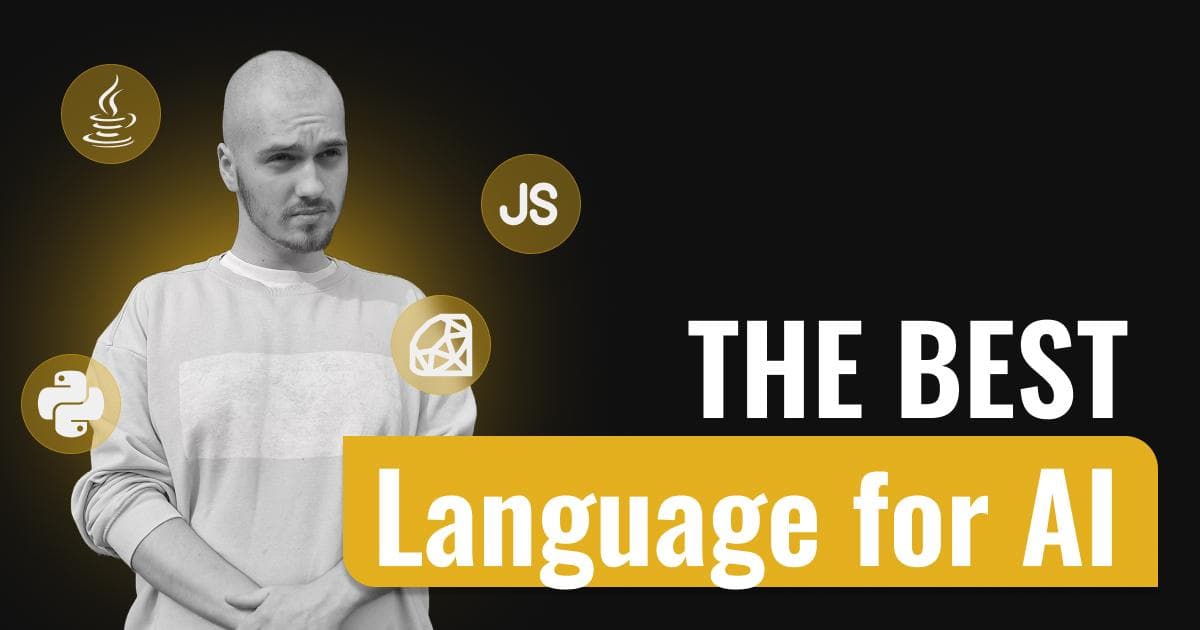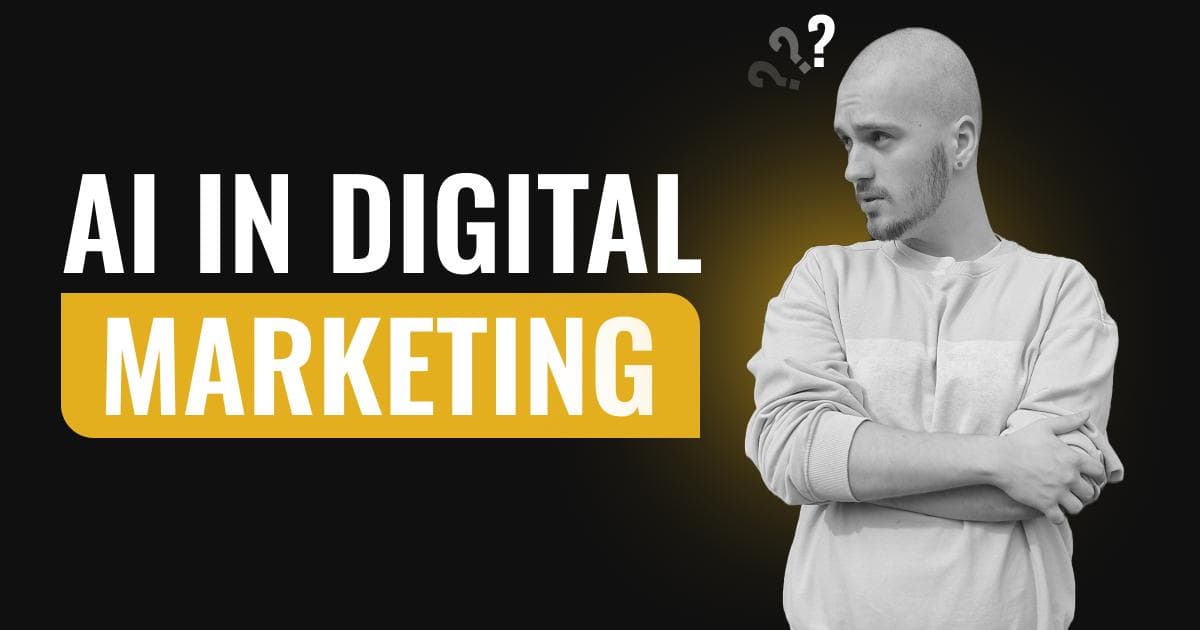What Is a Vector Database and Why Does AI Love It?
Cezary Klauza
Created at 6/2/2025

If you’ve been diving into AI, chances are you’ve stumbled across the term “vector database.” And at first glance, it might sound like something from physics or math class… but don’t worry. In this article, I’ll break it down in plain English. If you’re planning to build modern chatbots, search systems, or your own AI assistants — this is a topic worth understanding.
But first — what’s a vector?
Remember those arrows in school on physics exams? Yup, those were vectors. Each one had a direction and length. But in AI, we’re not talking about two-dimensional arrows like [2, -1]. We’re talking about vectors with thousands of dimensions. Really.

Imagine every sentence — like “What does company XYZ do?” — being broken down into a set of numbers. These numbers represent the meaning of that sentence. That set is what we call an embedding vector.
So… why should you care?
Great question.
Computers don’t really understand human language. To them, text is just a string of characters. But numbers? Numbers are their native tongue. That’s why AI systems first convert your text into numbers — into vectors — before they try to “understand” anything.
Example:
You’ve got a knowledge base describing your company.
You ask: “What does our company do?”
Before the assistant can respond, it transforms your question into a vector. Then, it searches your database of vectors to find the one most semantically similar — meaning closest in meaning. In short: it’s not looking for matching words, it’s looking for matching ideas.

And yes, it works freakishly well.
How’s that different from a regular database?
A traditional database answers questions like:
“Give me the user with ID = 123.”
A vector database works differently:
“Give me the chunk of text that’s most similar in meaning to this query.”

It’s like comparing Excel to Google Translate… with mind-reading powers.
Okay, so where can I use this?
Honestly, pretty much anywhere people ask questions or search for stuff. For example:
- A chatbot that actually knows your documentation
- An HR assistant that remembers what you told your manager last week
- A tool that lets you search client conversations by meaning, not keywords
- An AI that tells you whether a topic’s already been discussed — and where
And the best part? This isn’t theory. It works. Like, “wait... how did it know that?” level of good.
Is it worth it?
Absolutely. If you’re building apps where users talk to AI or search for information — a vector database is a must-have. It’s the secret sauce that helps AI respond with relevance, not randomness.
So next time someone asks:
“Why do you even need a vector database?”
Just smile and say:
“Because I want my AI to make sense — not guesses.”




